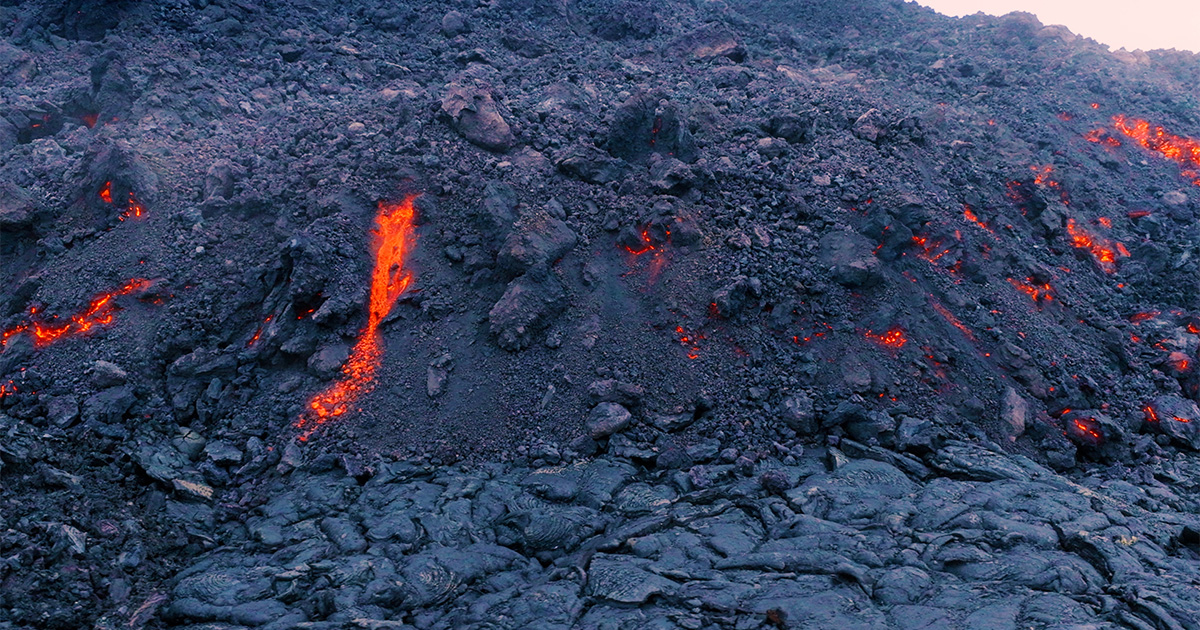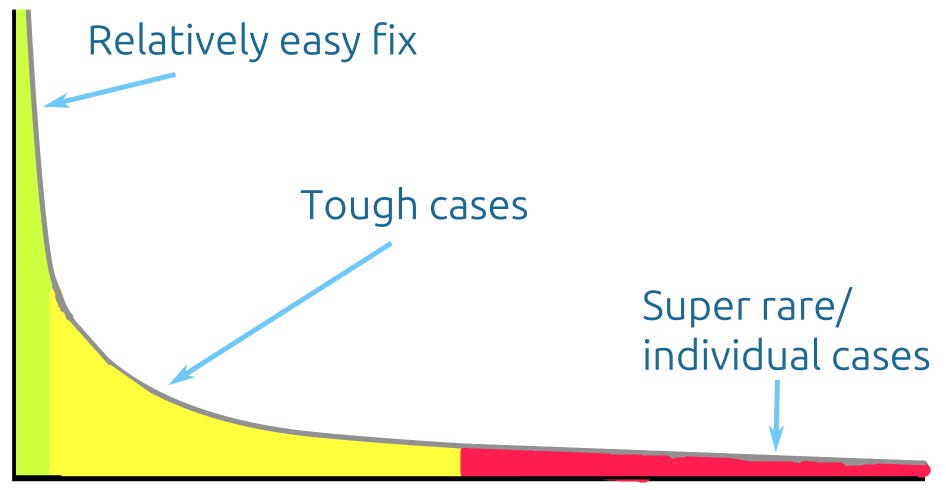
Earth’s Core Appears To Be Leaking Up and Out of Earth’s Surface
An editorially independent publication supported by the Simons Foundation.
All the activity on Earth’s surface — erupting volcanoes, shifting tectonic plates, restless seas and myriad forms of life — depends on the two-part engine under the hood. Directly beneath Earth’s crust lies the mantle: rock that melts, churns and flows like putty, driving the volcanic and tectonic activity at the surface. And below that, there’s the outer core, a liquid-metal ocean whose swirling streams surround the planet with a protective magnetic field.
A longtime assumption of geoscientists is that the boundary between the mantle and the outer core is clear and severe. After all, lighter mantle rock should essentially float atop the denser metallic core. But a recently published pair of studies tells a surprising story, one that was already suspected: Earth’s core is leaking material. This stuff is making its way right up to the surface, potentially ferried through two monster-size blobs sitting at the core-mantle boundary.
This “is kind of crazy,” said Harriet Lau, a geodynamicist at Brown University who was not involved with either study. If material is effusing from the core into the mantle, is the boundary between them “as distinct as we think?”















